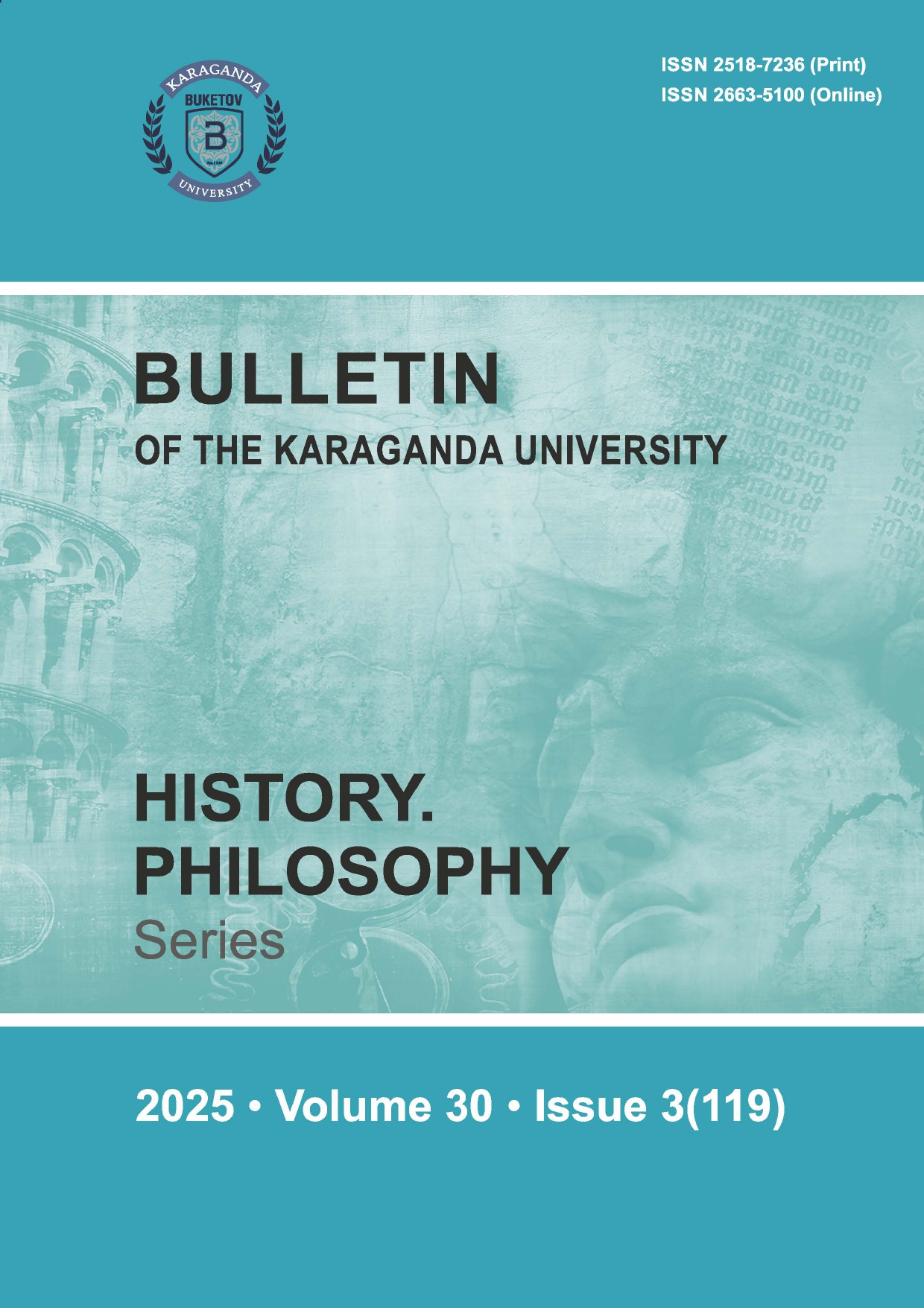History of Soviet Architecture in the Kazakh SSR
DOI:
https://doi.org/10.31489/2025hph3/52-60Keywords:
Soviet architecture, national architecture, urban development, culture, KazSSR, standard construction, national ornament, identity, buildings, architectsAbstract
The article is dedicated to the Soviet architectural style in the Kazakh SSR. Architecture became one of the key areas in Soviet ideology, in which national elements in urban planning were designed and controlled by the party to form an international Soviet society. A brief overview of Soviet architecture's history reveals that it played a significant role in shaping the collective life of the Soviet people. Several stages and directions in the development of Soviet architecture in Kazakhstan were highlighted: 1st stage from the early 1920s to the early 1930s; 2nd stage from the mid-1930s to the mid-1950s; 3rd stage from the mid-1950s to the early 1990s. In turn, the party's urban planning decisions were divided into two directions: on the one hand, it was the standardization of construction; on the other hand, it was the erection of monumental buildings, which included elements of national culture. The brief history of architecture allows us to grasp the Soviet ideological transformation through the material organization of space. The results of the article allow us to conclude that the construction of buildings reflecting a unique national/ethnic style was aimed at «stabilizing» the emotional/psychic state of the indigenous population, creating the illusion of preserving their cultural and national identity despite the state policy of unification and construction of a new Soviet community.




